Hydroponics derives from the Greek word “hydro,” which means water, and “ponos,” meaning labor. Literally, hydroponics means gardening without soil.
In addition, hydroponics is an excellent option to grow fruits, vegetables, and herbs reliably, year-round, regardless of the weather, climate, or even the space you live in.
You can grow hydroponically, indoors, outdoors, in a home, apartment, greenhouse, and office space. However, the plant will still require a substrate to grow in. So, what are the best growing medium for hydroponics?
Generally, plants can grow in almost any growth media as long as it provides them with water, oxygen, and nutrients. Because hydroponics does not require soil, it is essential to choose the right growing media for hydroponics.
Read on to find the best hydroponics growing medium, including their characteristics, advantages, and downsides.
You might be wondering what are the differences between the top 6 hydroponics systems, here is an article, I wrote outlining the pros and cons of the 6 different hydroponics systems.
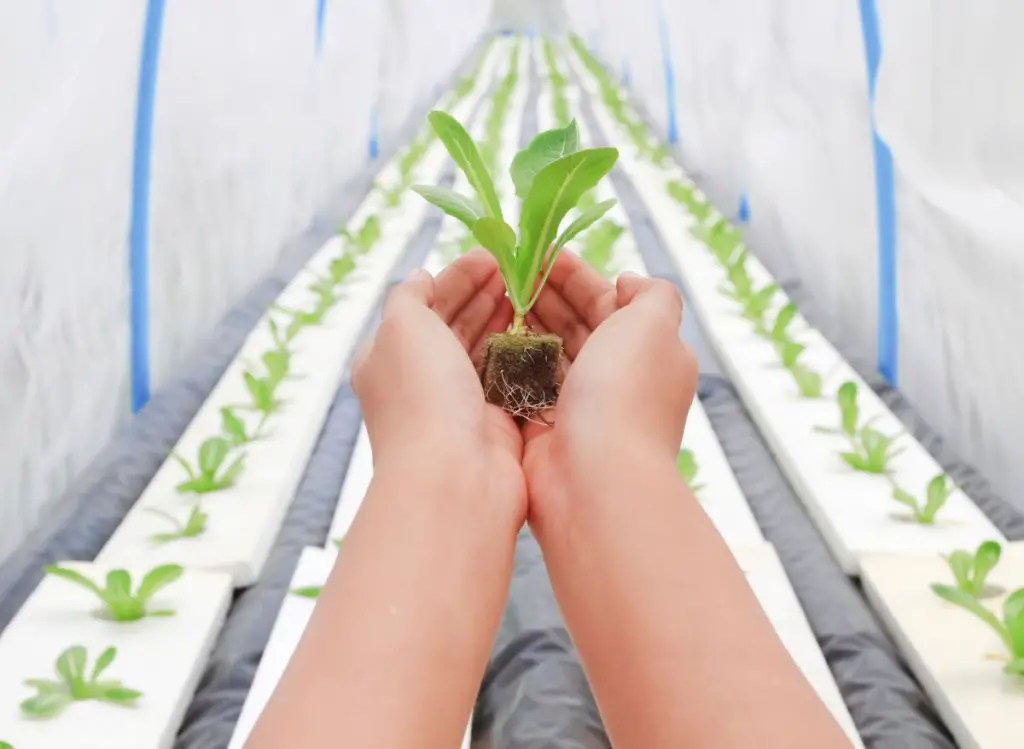
What Is Hydroponic Growing Medium?
A good hydroponic medium should provide nutrients, oxygen, water, and support for your plant. Its particle size, shape, and porosity determine medium moisture retention. The most popular hydroponic growing media are foam, gravel, perlite, Rockwool, coco coir, sand, Hydroton, and pumice.
Each medium has advantages and disadvantages; choosing the perfect hydroponic medium will depend on the cost, quality, and type of hydroponic system used and availability.
An excellent growing medium will help you improve plant growth and ensure optimal health. However, there are several mediums in hydroponics that can help the plant. But we need to understand and check the substrate characteristics while choosing the suitable medium.
Here is all the information you require about the best growing medium for hydroponics.
Essential Characteristics For Growing Medium For Hydroponics
| Porosity | A suitable growing media should stay moist from the nutrient flow sufficiently long enough for plants to absorb all their needed nutrients between cycles. |
| Good Aeration And Drainage | Whenever possible, a growing media with good water retention and good drainage. And avoid any growing media without enough aeration. |
| Sterility | If you decide to reuse your growing media, ensure you pasteurize at 180 F for 30 minutes. You can also soak the media in a bucket of cold water, adding 10% bleach, leaving it for about 20 minutes, and remove and rinse the media in cold water tap water several times. Advantages of choosing a clean and sterile growing medium include preventing the risk of spreading diseases and pests in your hydroponics system. |
| The Lifespan Of The Growing Media | Avoid choosing growing media that deteriorate (or even decompose) quickly. The more durable the growing media the better. |
| Functionality | When choosing a growing media for your hydroponic system, go for a growing media with a neutral pH that can hold nutrients longer. |
Do You Need A Growing Medium For Hydroponics?
Hydroponic plants can live without a growing media. In some hydroponic systems, including aeroponics, plant roots are hung freely in the air and are frequently moisturized with water and nutrients through sprays.
Generally, hydroponics enables you to grow plants without using soil as a substrate. So a growing medium for hydroponics is essential if you want your plant to grow healthily. It will offer your species the support it needs for growing inside the pot.
A growing medium for hydroponics also plays a role in plant aeration and maintains some other environmental conditions. Some substrates help with the pot’s drainage, while others provide moisture. This is why choosing an excellent growing medium for hydroponics is necessary.
Here are the most popular growing medium for hydroponics.
16 Best Growing Medium For Hydroponics
Hydroponics is a growing technique that requires you to grow new plants without soil. This is because high support is necessary for the species to maintain an upright position.
Here are the top options to consider when choosing the best growing medium for hydroponics:
1- Perlite
Perlite is the best growing medium for hydroponics for many people. It has been a traditional option for this cultivation technique for many years. Many gardeners also combine it with soil for better aeration when using other cultivation methods.
Perlite is a natural volcanic mineral that can become lightweight, porous, and absorbent when subjected to high heat.
So you can rely on perlite to help with the best plant growth. It is mainly suitable for the wick hydroponic system due to its robust action. The material is highly porous and holds air significantly well to enhance the aeration.
Perlite also has high AFP and low CEC to control the nutrients you feed to the plant. This means you can reduce the chances of overfeeding with this substrate.
Because of its sterility, perlite is excellent for starting seeds. Since perlite is very lightweight, it can also be easily washed away. Perlite is not recommended for use in the ebb and flow hydroponic systems.
Since perlite can cause respiratory problems and eye irritation, ensure you wear gardening gloves, goggles, and a mask to reduce dust exposure when working.
| Benefits | Downsides |
| – Lightweight – It has neutral pH, so it does not affect plant growth negatively – It is porous and holds about 3 to 4 times its weight of water. – Keeps the pot well oxygenated – It is cheaper and reusable | – Dust from perlite may affect the plant’s health – Perlite does not work well in drip systems because it does not retain water well. – Perlite is prone to algae growth, leading to pest and irrigation problems. |
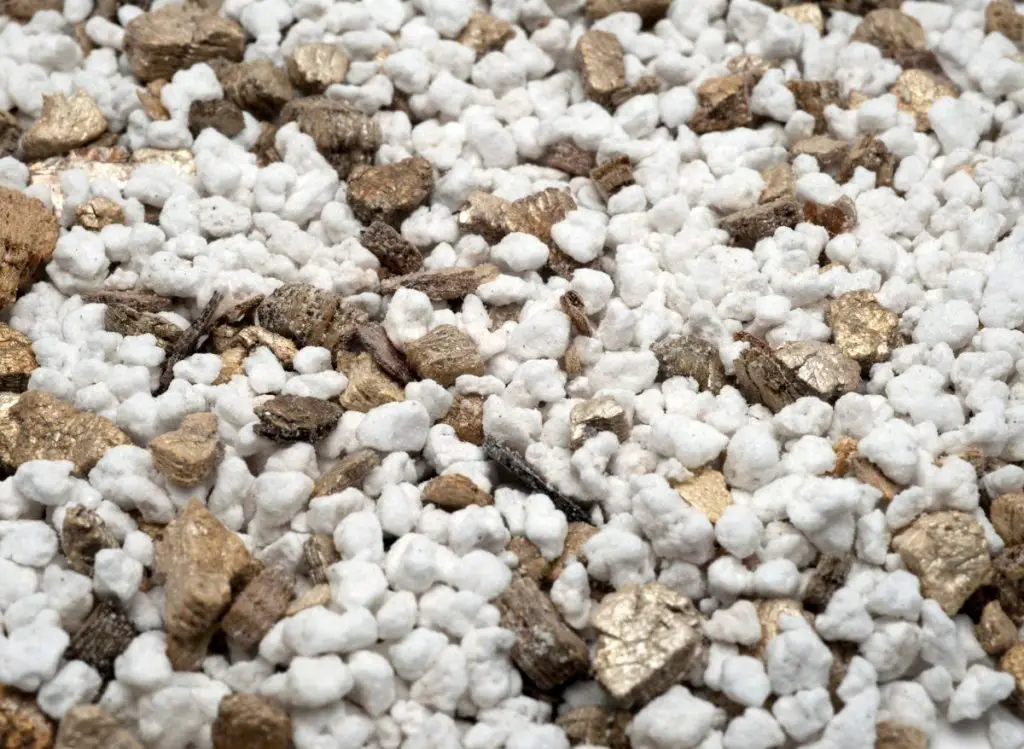
2- Lightweight Expanded Clay Aggregate (LECA)
LECA are small spherical balls that have a similar size to marbles. They are mainly formed by heating and expanding clay. This is how they got their name. The medium is excellent for hydroponics because of its various features.
Aquaponics’ three main components are plants, fish (or can be other aquatic creatures), and bacteria. You can also choose growing media to provide plant nutrition and support the plants.
Aquaponics’ most used growing media are clay pebbles, lava rocks, and expanded shale, according to Oklahoma State University.
The rocks are porous with the right balance of weight to offer the plant good support. They can wick nutrients up the species for better growth and ensure your plant is not deficient in any substance. The round structure and porosity also keep the water to oxygen ratio balanced.
However, the best feature is you can reuse a LECA due to neutral pH. Sterilizing the pellets again will help you with this task.
Expanded Clay Aggregate flow well does not clog or block, making it an excellent option for the ebb and flow hydroponics and aquaponics media bed systems.
| Benefits | Downsides |
| – Suitable for various hydroponic systems – Environmentally-friendly – It keeps roots oxygenated – It is reusable after being washed and sterilized – It helps you avoid overwatering the plant. – They are durable and very stable and can last longer. | – Moisture retention ability is poor – It can be relatively expensive. – One of the most significant disadvantages of this growing media for hydroponics is that it drains and dries very fast, which may cause plants’ roots to dry out. |
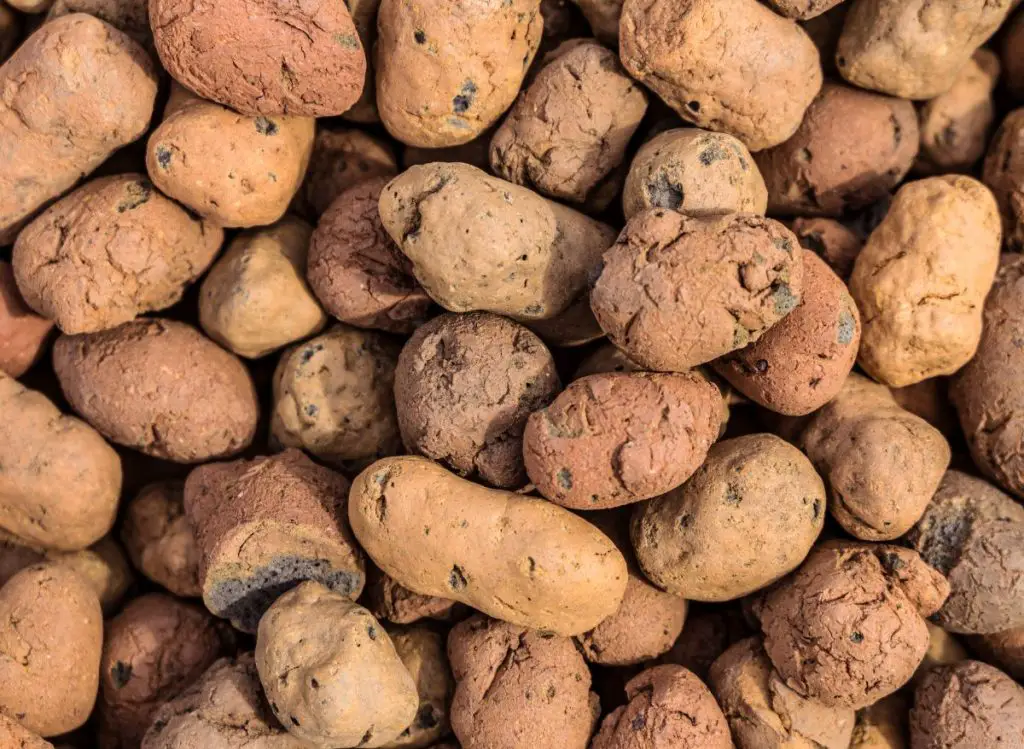
3- Growstones
Made from recycled glass, growstones are lightweight, porous, and reusable. This medium is similar to LECA due to various common features. It is highly porous and allows nutrients to reach different parts easily. So you can ensure your plant gets all the necessary materials for optimal growth.
Growstones are also famous for aerating the plant roots well. Your plant will be able to photosynthesize efficiently due to this ability. The primary difference between growstones and LECA is that the former has a good moisture retention capacity.
The medium can wick water above your system’s waterline by at least four inches. This substrate is also sustainable because it is made of recycled glass.
| Benefits | Downsides |
| – Since it is made from recycled glass, growstone is non-toxic and does not cause contamination. – Growstones are recyclable and highly porous. – It is easy to use – Sustainable – Great aeration capacity | – Stem rot can occur if the upper part of this medium is wet continuously – Growstones can stick to some plants’ roots, potentially causing root damage – It can make moving your plants from one medium to another challenging. |
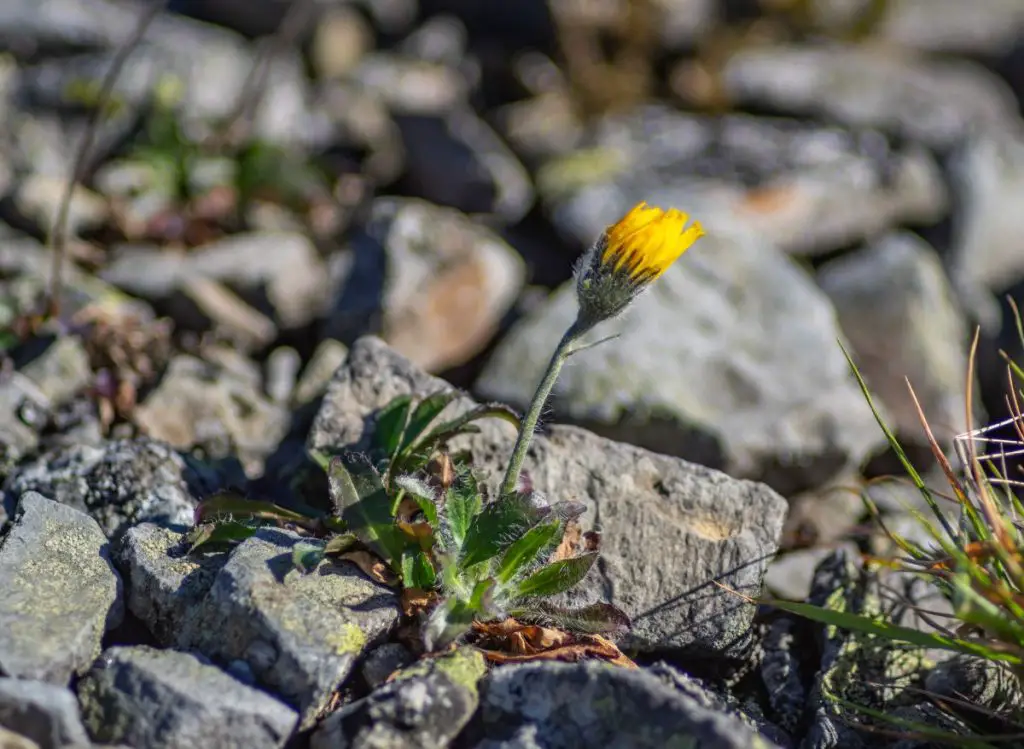
4- Parboiled Rice Husks (PRH)
PRH is a fibrous organic hydroponics medium used mainly for its long lifespan. The material does not break down easily and comes in many forms. Rice is primarily milled, and husks are steamed to avoid contaminants in the medium.
So you don’t have to worry about the material bringing bacteria, fungus, or decaying bugs to your plant. Your plant can enjoy good health when grown in parboiled rice husks. The best part is that the pH range of this component is suitable for hydroponics.
This material also has high manganese content, which may be concerning for you. However, this component is not toxic to plants because of pH of PRH is above 5.
| Benefits | Downsides |
| – Last for an extended period – Does not carry contaminants – Can be combined with another growing medium – Improves plant health | – Composted and fresh forms are unsuitable for hydroponics |
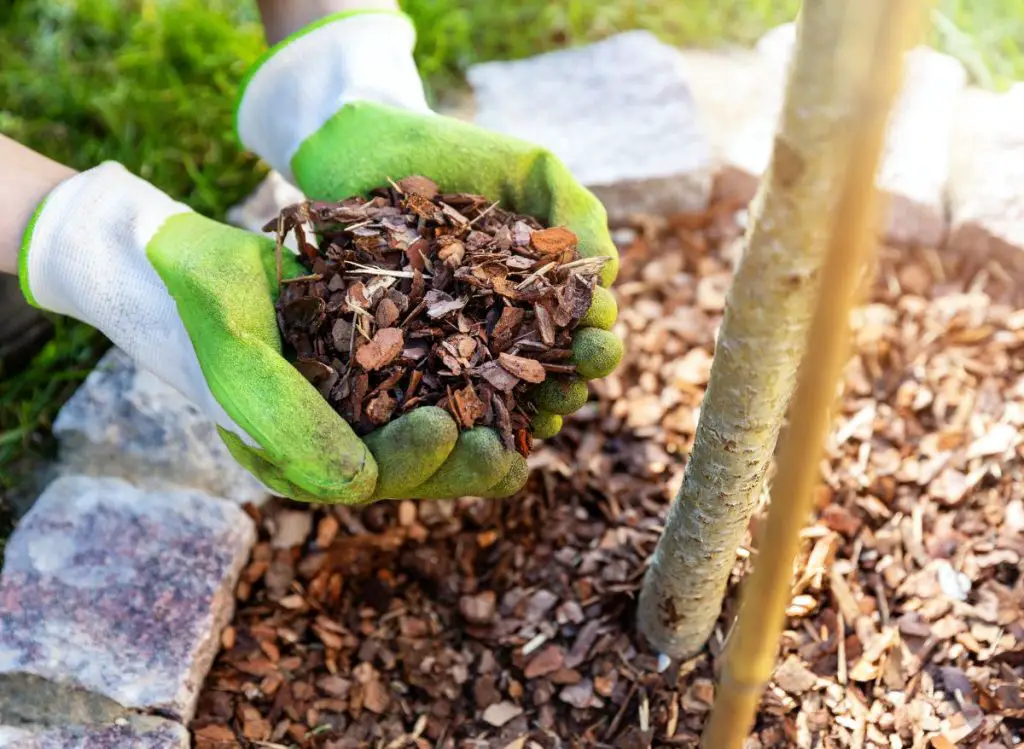
5- Coconut Coir
Coconut coir is readily available on the market because it is a byproduct of the coconut sector. It comes from the brown husk surrounding this edible item’s outer portion. The best part is that it is completely inert and organic, so the plant’s growth will not be negatively affected.
The material also holds water well to ensure your plant does not suffer from health issues. Besides that, the medium also has an excellent air-to-water ratio. This feature will prevent you from overwatering and drowning or killing the plant.
You can also dispose of this material safely by composting or sending it to disposal places. This growing medium is also environment-friendly and renewable. It can also be mixed with other substances for better support and plant growth.
| Benefits | Downsides |
| – Retains water very well – Aeration capacity is high – Material is completely organic – Safe for the environment – Coconut coir is organic, biodegradable, and non-toxic, making its disposal easier and environmentally friendly. – Coconut coir works well alone or in combination for growing vegetables and cutting flowers. | – It does not drain well, so you may have to mix it with another growing medium. – It requires extra work (washing) and may damage your plants because it is high in sodium and chlorine. |

6- Peat Moss
Peat moss is a popular growing medium that many gardeners love to use with soil mixes and for hydroponics. The material is best for retaining nutrients and moisturizing the plant well. It is also used with soil because of its soil-softening features.
The medium can hold water well to ensure your plant does not suffer from dehydration. Peat moss also rehydrates promptly, so you don’t have to worry about the material breaking down easily. You can use the medium for several years without experiencing issues.
Because of its acidic pH (between3.8 to 4.5), peat mosses are excellent for acid-loving plants like blueberries, rhododendrons, and hydrangeas.
What’s so great about this organic medium is that it does contain weed seeds or microbodies. So your plant will not experience health problems because of the material. You can also add other components to the medium for adjusting pH and aeration capacity.
| Benefits | Downsides |
| – High ability to retain nutrients, it can retain about ten times its dry weight of water. – It does not compact – It does not contain harmful microbodies – Long lifespan – It is environmentally friendly | – It is relatively high priced Not renewable. – It has a low pH acidic. – It is not renewable. – It is typically considered a substrate conducive to multiple soil-borne diseases. |
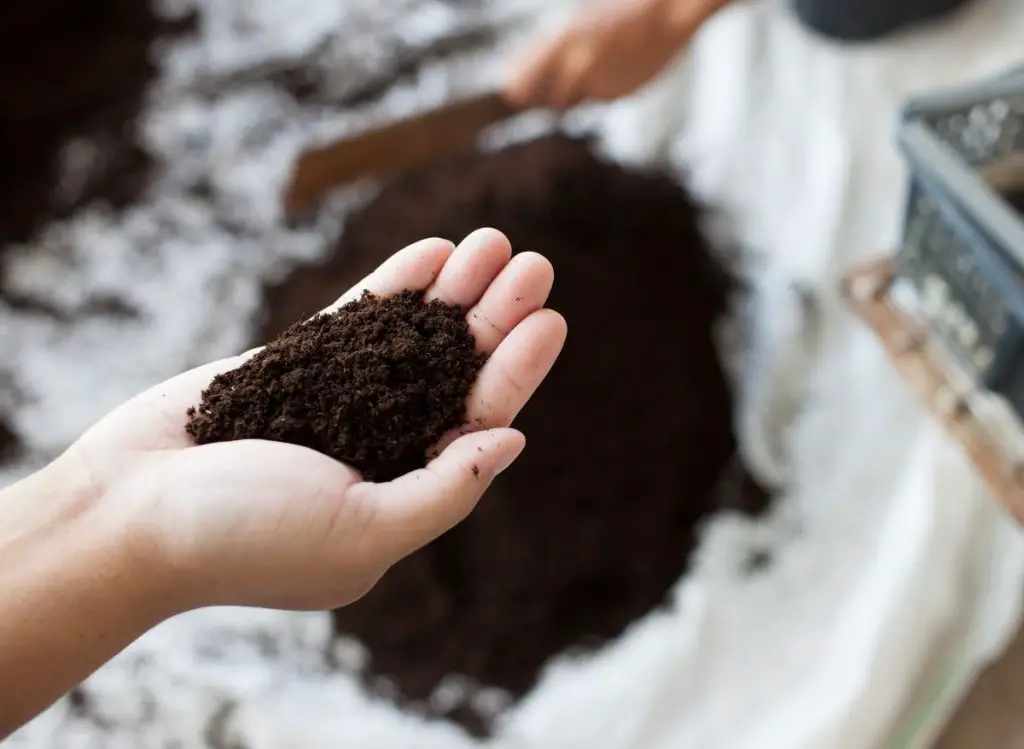
7- Mineral Wool (AKA Rockwool)
Mineral wool, including Rockwool, is a sterile and porous growing medium composed mainly of granite and limestone.
In addition, mineral wool quickly absorbs water and has good drainage. It is one of the most commonly used as a starting medium for seeds, and implanting medium for cuttings, mainly when growing tomatoes hydroponically.
| Benefits | Downsides |
| – Mineral wool has a considerable water retention capacity and about 18% to 25% air giving your plants’ root system plenty of oxygen, particularly when you don’t entirely submerse the medium. – It has different sizes and shapes for diverse hydroponic applications, from 1-inch cubes to gigantic slabs. – Mineral wool is also reusable after sterilizing. – It is durable, does not break, and can last about three to four years. | – It has a high pH (about 7.0 to 8.0, which requires a continuous pH adjustment to lower the pH level depending on your plants’ requirements. – It is not environmentally friendly. Mineral wool is not biodegraded, making it an issue for the environment. – It does not absorb water and nutrients well; it may slow the water flow to plant roots, even with high water content. Many people find – Mineral wool can cause skin irritation for some people. |
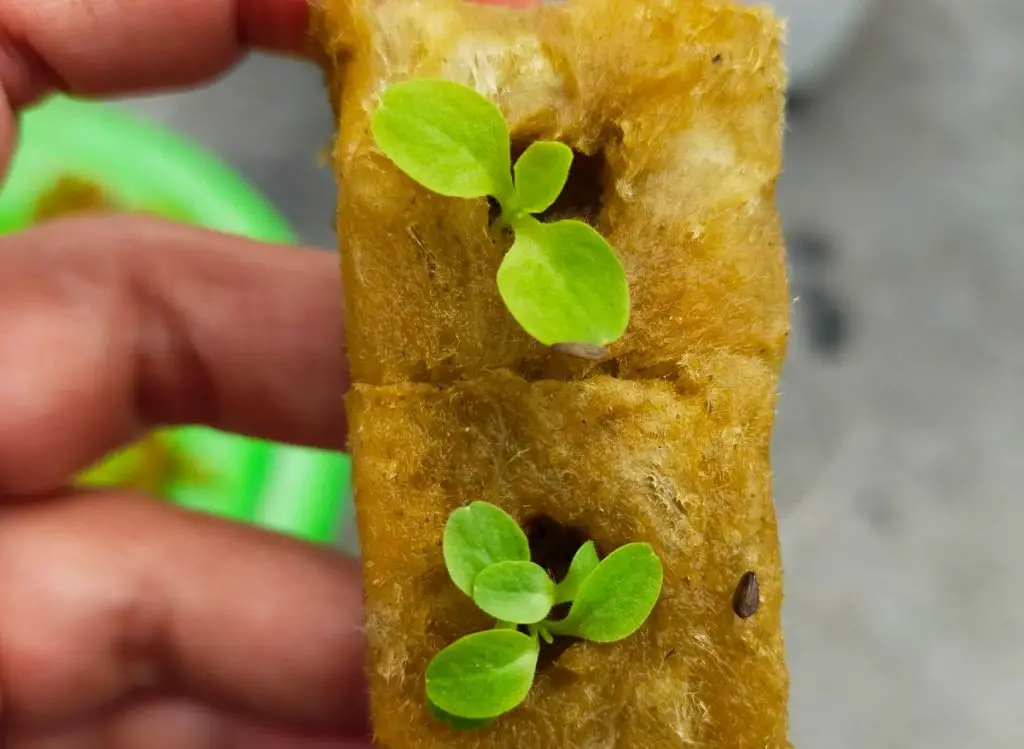
8- Vermiculite
Vermiculite is a type of hydrated laminar mineral that looks like mica. Like perlite, vermiculite is processed by exposing the material to extreme heat to develop into small clean, odorless pellets.
Vermiculite is an excellent growing media for hydroponics, particularly when starting seedlings, because of its non-toxicity and sterility. In addition, it is very lightweight and moist-resistant and has a neutral pH.
Vermiculite works well wiht other types of media, including coconut coir and peat moss. In contrast to perlite, vermiculite has high water retention.
Remember that this growing media comes in different variations, so ensure you choose the one that suits your needs. Vermiculite is best suited to use in the drip system or aeroponic system.
| Benefits | Downsides |
| – Vermiculite retains water and nutrient well. – It is also extremely porous | – When used alone, it can lead to poor drainage, resulting in soggy conditions, inviting pests, and bacterial and fungal growth. – It can also lead to contagious as it is not easily sterilized – It is relatively expensive |
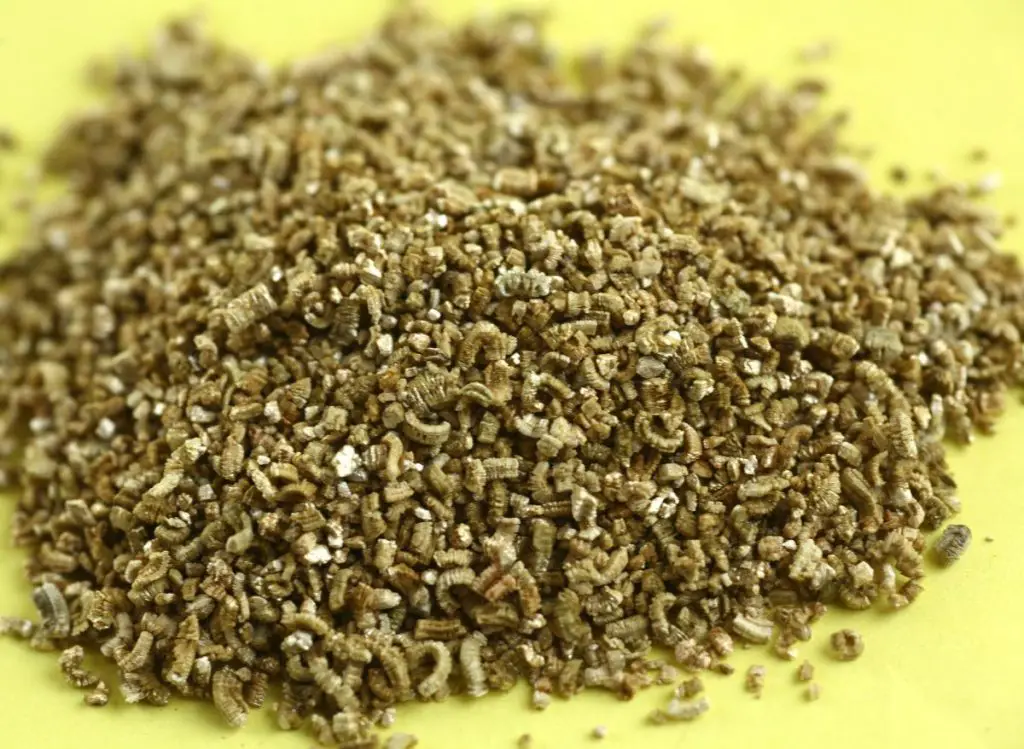
9- Oasis cubes
Oasis cubes are made from water-absorbent phenolic foam, also called floral foam, designed like a sheet form. Each of the medium’s individual cells, similar to cubes, has the right amount of nutrients, air, and water for plants’ growth.
Oasis cubes are better suited for starting seedlings or plants’ cuttings, not as a full growing medium.
Also, oasis cubes are pH neutral and reasonably absorb water and air, which is essential for seed germination and propagation.
| Benefits | Downsides |
| – Oasis cubes have excellent water and air holding capacities – It has a neutral pH and an excellent water-retention capacity. – It is easy to use, adaptable and can be transplanted into many hydroponic systems and grow mediums. – It is relatively low priced. | – It is not a sustainable growing media for hydroponics because the foam can break off and block pump filters. – It can only be used for seed germination and propagation. |
10- Rice Hulls
Rice hulls are a derivative of rice crops that can be reused as a soilless growing media. Even though rice hulls are organic plant material, similar to coconut coir, they break down very slowly, making them good growing media for hydroponics.
In addition, rice hulls are similar to perlite in water-holding; however, they have a better air-porosity ratio and can generally hold more oxygen.
Rice hulls come in different forms, including fresh, aged, composted, parboiled, or carbonized. Choose parboiled hulls as they are known to provide better results.
| Benefits | Downsides |
| – Rice hulls, particularly parboiled and composted rice hulls, have a pH between 5.7 to 6.5, which is suitable for most hydroponically-grown plants. – They are organic – Rice hulls have good water retention and drainage. | – Generally, they work better when combined with other growing medium – They might also break down easily |
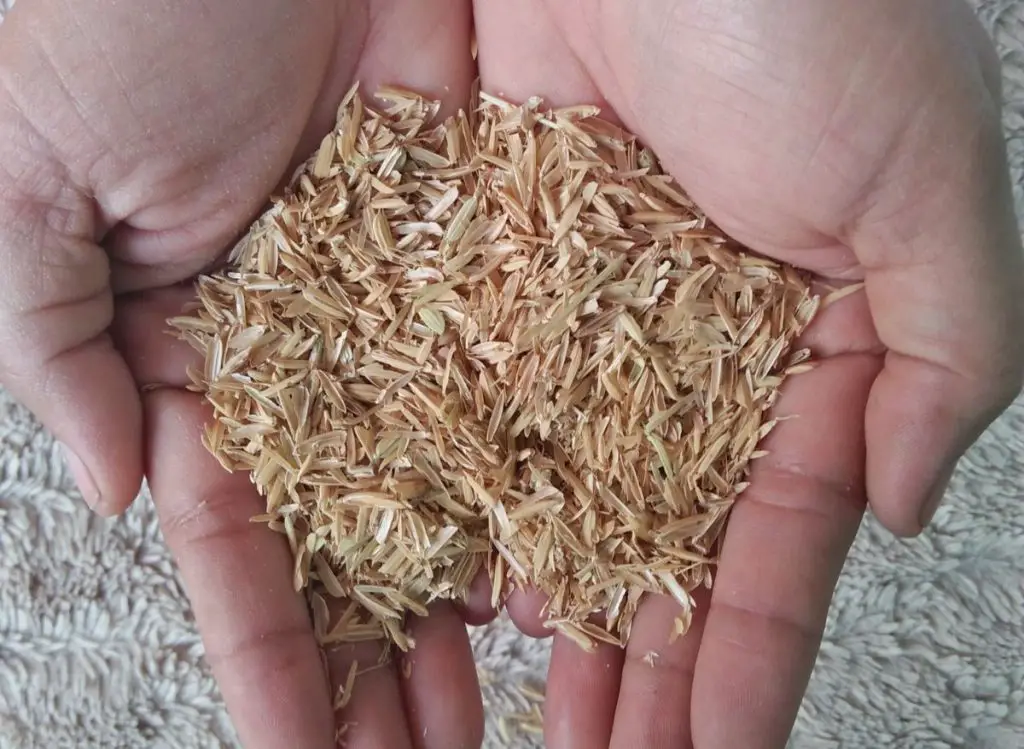
11- Sand
Sand is one of the oldest hydroponic mediums and is very common—generally, gardeners mix sand with other substrates, including perlite, vermiculite, and coconut coir.
If you choose sand as your growing media, go for coarse sand because it helps increase plants’ roots aeration by expanding the size of the air pockets between the grains of sand.
| Benefits | Downsides |
| – Sand is cheap and readily available everywhere. – Sand works well with vermiculite, perlite, and coconut coir. – Sand can last forever ( it can’t be chemically or biologically damaged) – Sand is reusable | – Sand can be heavy. – Using sand can create salt buildup, particularly during plants’ growth period. However, you can prevent this by frequently flushing your medium with purified water. – Sand also has very low water and nutrient retention capacity. |
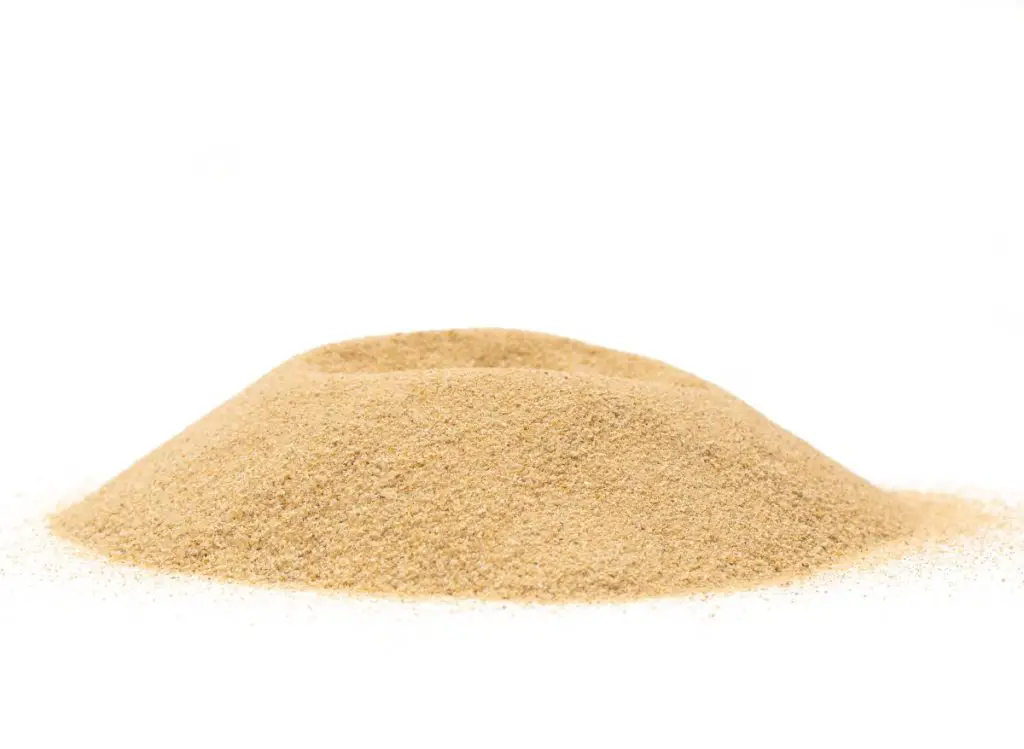
12- Bark Pine
Pine bark is one of the first growing media used in hydroponics systems. One of the best things about pine bark is that it provides the long-term drainage and aeration required by plant roots.
This organic material is popular among gardeners because of its resistance to decay. So you don’t have to worry about the medium breaking down promptly.
Aged and composted pine barks have higher nitrogen content, so they decompose more slowly. Another great feature of this medium is that you can easily use it to cover high ground on your property. So you can supply the material to all of your plants without breaking your bank.
In addition, it increases the growing medium’s bulk density and stabilizes the container in windy conditions.
Using pine bark in an ebb and flow system is not recommended. Pine bark works better in a drip or a wick system.
Furthermore, pine bark has fewer organic acids than other similar substrates. This means its pH is more suitable for hydroponics. The best part is that the material comes in three forms: aged, composted, and fresh.
Many gardeners prefer bark-based growing media because of its porous structure, low water retention, and increasing pot stability.
| Benefits | Downsides |
| – Pine bark resists decomposition. – It is a naturally recyclable and biodegradable material (it can be turned into mulch) – It has a higher nutrient solution and air retention capacity. Reasonable price – Less organic acids – It does not break down easily – Readily available | – Pine bark absorbs water quickly, resulting in water-logged conditions. You can prevent this by using a layer of rocks at the bottom to improve drainage. – Pine bark has an acidic pH. |
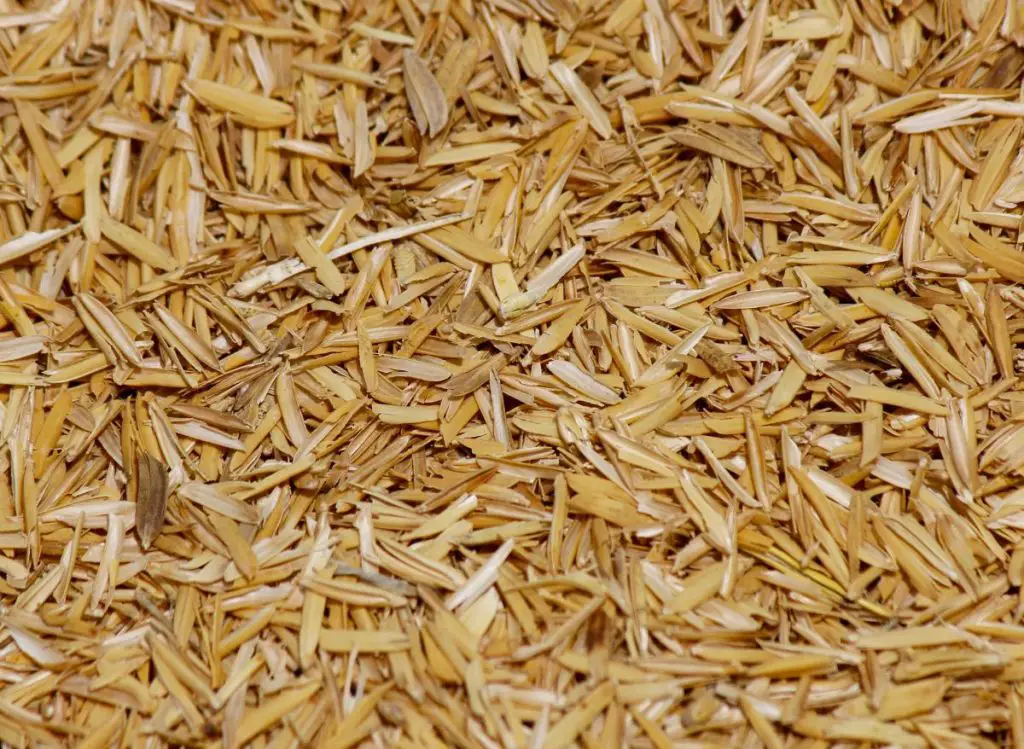
13- Sawdust
The effectiveness of sawdust depends on the kind of wood used and its purity. So, ensure you know what types of wood your sawdust is made from – Confirm whether it is chemically treated and contaminated or not.
It is not recommended to use chemically treated sawdust, particularly if you are growing edible food, and make sure it is properly sterilized before use.
| Benefits | Downsides |
| – Sawdust is very cheap or sometimes even free. – It is organic and sustainable. – Pumice is an excellent growing medium for summer since it does not absorb heat. | – pH volatile – It may not be sterile |
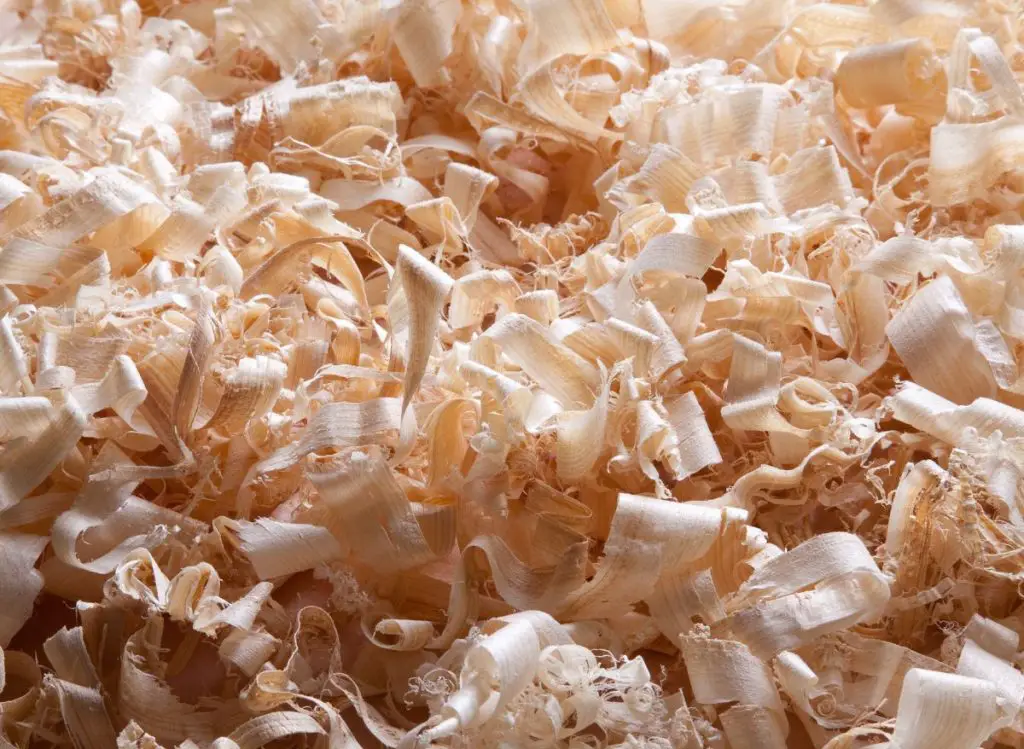
14- Pumice
Like perlite, pumice is a mined mineral created by a super-heated and highly pressured volcano. Pumice works well when mixed with other growing media, including vermiculite or coco coir. It helps improve aeration and drainage.
Pumice has a good water retention capacity but is not as good as vermiculite, another mined mineral.
| Benefits | Downsides |
| – Pumice is very lightweight. – It has a good oxygen-retention capacity | – It might be too lightweight for some types of hydroponics systems |
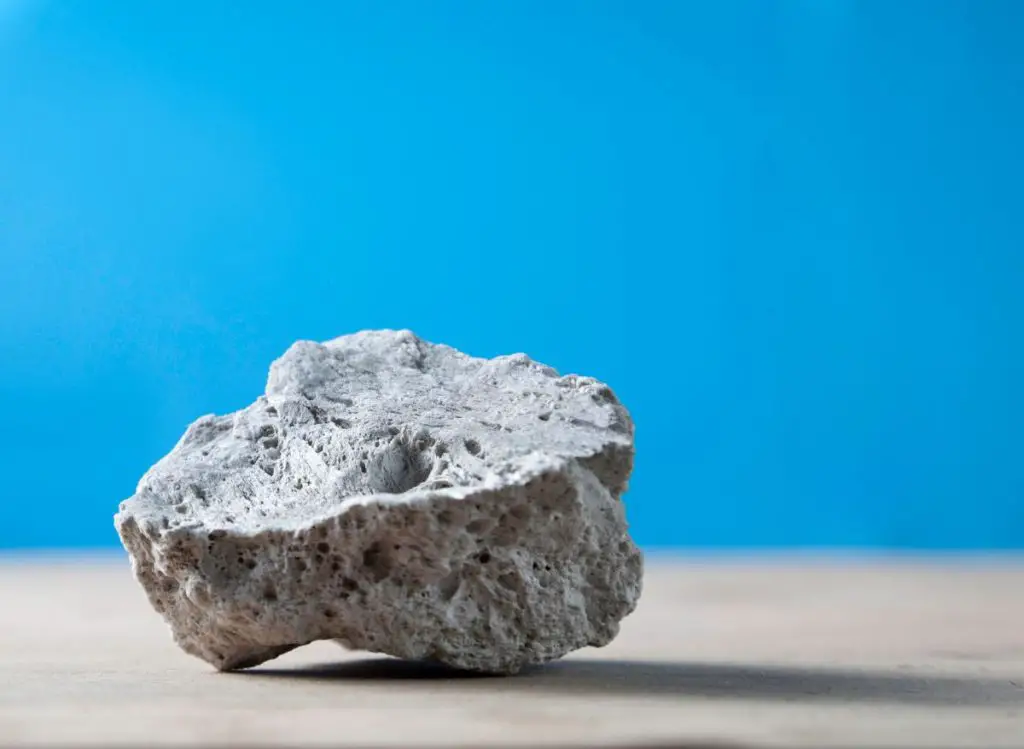
15- Gravel
Gravel is a fragmented media from rocks, including sandstone, limestone, or basalt, and contains large spaces between each particle, giving an ample supply of air to plants’ roots. It works well as growing media for hydroponics, particularly in ebb and flow systems.
One of the biggest downsides of gravel is that it does not hold water well, causing roots to dry out quickly.
If you wash and sterilize it, you can start using it for the first time, growing or reusing. Similar to sand, gravel is an excellent cheap starter medium for hydroponics; once you get your feet wet, you can move to other growing mediums.
| Benefits | Downsides |
| – Gravel is generally cheap and easy to find. – It is beginner-friendly – It is reusable and durable if you wash and sterilize it between crops. – It does not typically break down in structure | – Because of its heavy weight, it can be challenging to handle. – Gravel does not work well for heavy plant roots. |
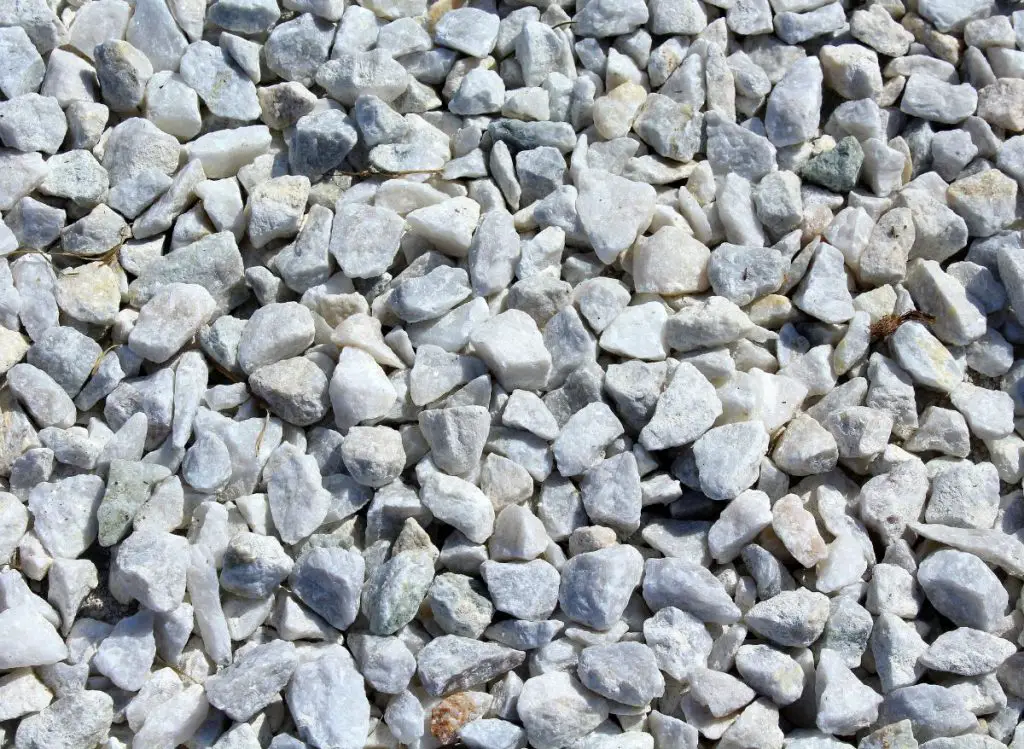
16- Expanded Shale
Expanded shale is regarded as one of the best aquaponics growing media because it is lightweight.
In addition, expanded shale can hold up to 40% of its weight in water, which helps retain moisture around plants.
| Benefits | Downsides |
| – It supports plants’ root oxygenation. – It offers good water retention around plants. | – It can be harmful to plants’ root system – Its heavy weight makes it challenging to handle. |
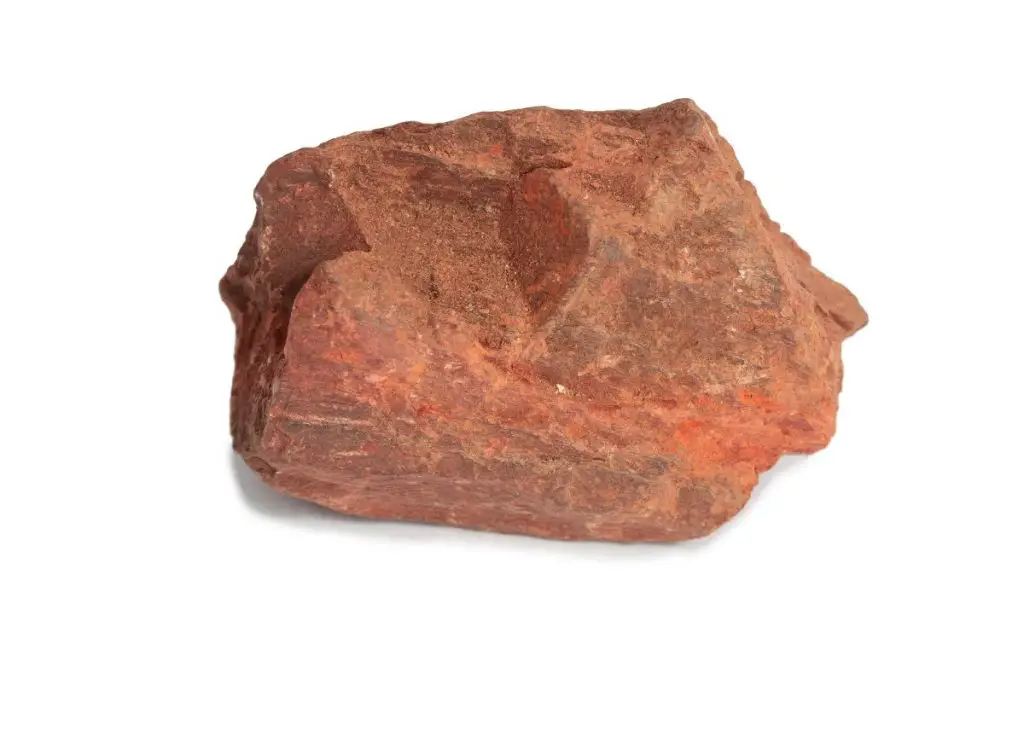
Takeaway
This is all information you require about the best growing medium for hydroponics. These materials are suitable for lasting several years and keeping your plant roots well-aerated. Many of them are also contaminant-free and environment-friendly.
So these growing mediums will also help you accelerate plant growth while offering support. The best part is that most of them are inexpensive and readily available.



